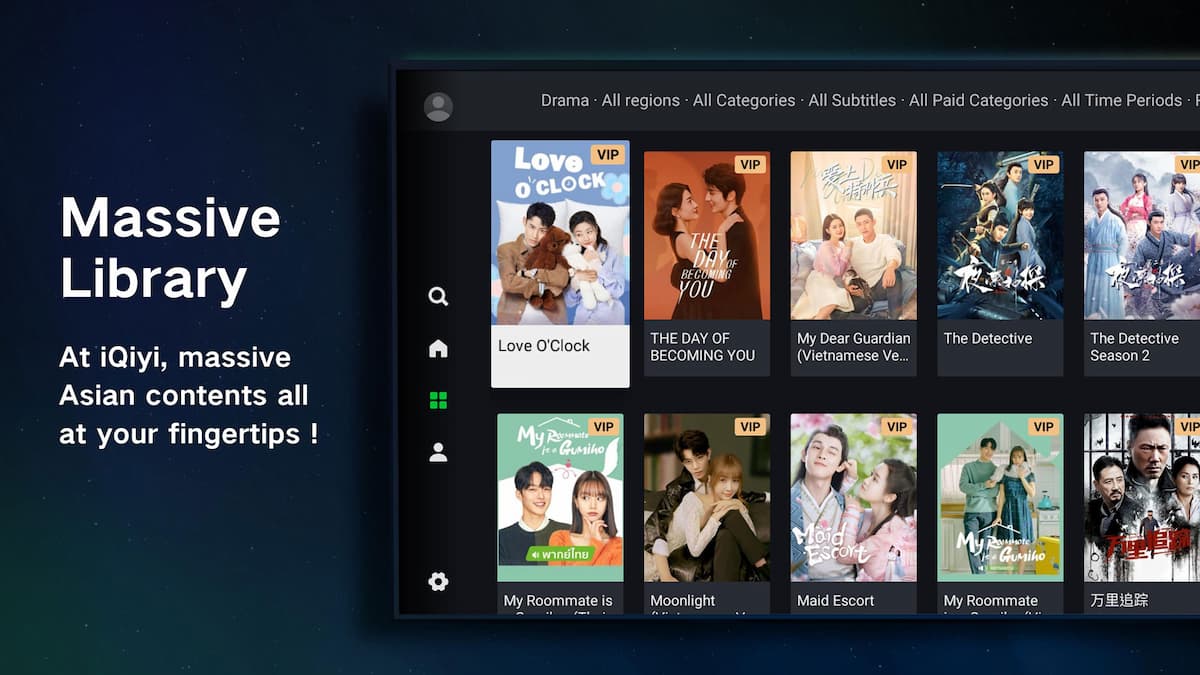LayarHijau.com — Retro photography is making a big comeback in China, thanks largely to celebrities like Esther Yu Shuxin, Ju Jingyi, and Liu Shishi who have been showing off their vintage-style photos on social media. One particular technique now back in the spotlight is the peel apart photo (撕片), a pull-apart photo style from the 1980s that was once considered outdated. The popularity of these stars has sparked huge interest among young people eager to experience the nostalgic charm of old-school photography.
The demand has soared so high that a box of expired peel apart (撕片) photo paper can now sell for over 10,000 yuan (about USD 1,400). Even specialized photo studios charge customers 400–500 yuan (roughly USD 55–70) per sheet to get this style of photograph — despite the fact that the results aren’t always guaranteed. This phenomenon reflects not only an aesthetic trend but also stirs debate over modern values and the consumption patterns of the younger generation.
Back to Retro, Thanks to Celebrities
While photography technology keeps advancing, old techniques like peel apart (撕片) have drawn renewed attention, largely thanks to celebrity influence. After popular stars shared their peel apart photos online, many young people became curious and wanted to try the experience for themselves. According to World Journal, some are even willing to queue at specialized photo studios just to get a taste of this throwback method.
The technique uses special cameras and photo paper from the 1980s that require a manual process: after the photo is taken, the paper must be physically pulled apart to reveal the image, somewhat like opening a “blind box.” This process creates a sense of anticipation and surprise, along with a vintage visual effect that’s hard to replicate with digital filters.
Rare Photo Paper, Skyrocketing Prices
Since the production of peel apart (撕片) photo paper was long discontinued — Polaroid stopped in 2008 and Fujifilm in 2016 — the current supply comes only from leftover stock or imported second-hand goods. Initially, a box of photo paper cost around 70 yuan, but prices have now surged to 300 yuan per box, and even up to 12,300 yuan on the second-hand market. The paper has become so expensive that it’s been nicknamed the “Moutai of photo paper,” referencing China’s luxury liquor brand as a symbol of rare, high-end goods.
Studios and Consumers Willing to Pay Big
In Hangzhou, a young studio owner named Xiaoshu uses old Polaroid cameras to serve eager customers. Although the cost per photo has shot up dramatically from 200 yuan last year to 360–400 yuan per photo today, the enthusiasm of young consumers hasn’t waned. They’re willing to spend considerable money to get a single, unique photo with high aesthetic value, while enjoying a rare hands-on experience in an otherwise digital world.
Natural Filter Effect and Artistic Appeal
One of the key reasons behind the peel apart (撕片) craze is its ability to capture soft, natural color gradients on the face. The result resembles a vintage filter, quite different from smartphone cameras that often produce overly sharp images, highlighting every detail — including flaws. Peel apart photos, by contrast, appear smoother and make just about anyone look attractive on camera. Because of this, the technique has even been nicknamed a “beauty talent scout.”
Challenges and Risks
However, using expired photo paper is not without risks. The quality of the final result is never guaranteed, and a small mistake in pulling apart the paper can instantly ruin a shot. This poses losses for both studios and customers. Some studios have even stopped offering peel apart services because of the high operational costs and the significant risk of waste.
Beyond the technical challenges, this phenomenon has also sparked social criticism. Many see the trend as overhyped and overpriced, with photo results that often fall short of expectations. Moreover, celebrity photos usually benefit from professional makeup, lighting, and post-editing — making it hard for ordinary consumers to achieve comparable results.
Conclusion
The peel apart (撕片) photo craze in China reflects how young people are seeking both new experiences and a sense of nostalgia in today’s hyper-digital world. It also highlights the powerful influence celebrities wield in shaping market trends, driving scarcity, and inflating prices. Still, the trend has sparked public awareness about the importance of resisting excessive hype and ensuring consumer rights are protected.
Source: World Journal



















